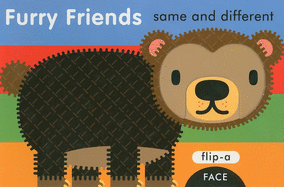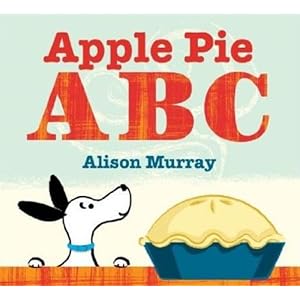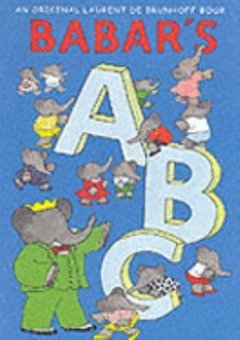
Alice's Adventures in Wonderland by Lewis Carroll. Ages 9-14. Let your imagination run wild as this book takes you through Alice's dream about Wonderland. The illustrator includes pictures throughout the novel to get a visual of the detailed characters and events that happen. The book uses simple yet descriptive language making the reader feel as if they are in Wonderland with Alice.
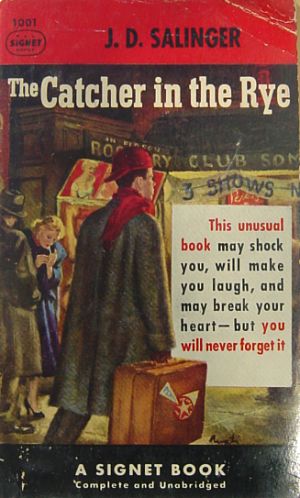
The Catcher in the Rye by J.D. Salinger. Ages 16 and up. This book goes through a couple days in the life of a sixteen year old boy trying to figure out who he is and what he wants to do with his life. Holden tells the story from his point of view and his character can be seen as relatable to a eleventh or twelfth grade reader.
My Friend Rabbit by Eric Rohmann. Ages 4 and up. This funny book is about a rabbit whos great ideas seem to get himself in trouble. An airplane gets stuck in a tree and Rabbit decides to round up all kinds of animals to get it out. Rabbit can be seen by children as a well liked and relatable character. I like how some pages throughout the book use only illustrations to tell the story.

The Polar Express by Chris Van Allsburg. Ages 4 and up. This book was one of my favorites as a child. This book is a great read aloud to use during the holidays. The very detailed illustrations is what makes the story wonderful for children. The illustrator paints a clear picture of what it would be like to take the polar express to the North Pole.

Officer Buckle and Gloria by Peggy Rathmann. Ages 4 and up. This book can be used as an introduction on learning about safety. Gloria and Officer Buckle work as a team to tell children important safety tips to follow every day. Officer Buckle doesn't know it at first, but Gloria acts out each safety tip gaining the students attention. Children reading this book will find Glorias act hilarious and entertaining.
A Sick Day for Amos McGee by Philip C. Stead. Ages 2 and up. Children will enjoy the bond between Amos McGee and his animal friends from the zoo in this book. This simple story shows the meaning of a true friendship. Amos thoughtfulness towards the animals is returned to back to him when he gets sick and they take care of him. I like how the illustrations are done in both pencil and pastel colors. The hints of color make the animals and Amos more distinct and stand out from the background scenary.

The Three Pigs by David Wiesner. Ages 4 and up. This book plays a twist on the Three Little Pigs that is familiar to young children. The life like pigs create their own story by changing pages and going in and out of other stories. The story uses dialog bubbles to show the silly conversations the pigs have between one another. The book uses three dimensional pictures and an interesting format. This makes you feel as if you are in the story following the pigs throughout their adventure.
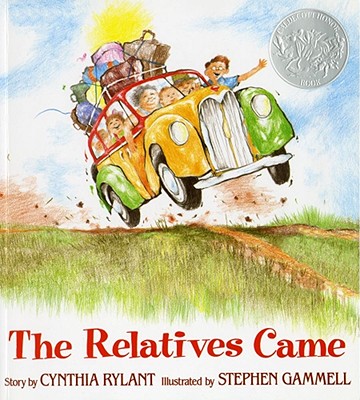
The Relatives Came by Cynthia Rylant. Ages 3 and up. This book is about a family whos relatives are coming to visit them from Virginia. The illustrations display a colorful station wagon full of family members bouncing along the road on its way to the relatives house. I think this book would make a great read aloud when discussing families. The book makes you think about how every family is different and how each one has their own traditions when they get together.

Where the Wild Things are by Maurice Sendak. Ages 4 and up. Young children can be rambunctious and that is exactly how little Max is in this story causing mischief in his house. Children will enjoy Max's fun loving and relatable character as he uses his imagination to journey to a land of wild things. However, Max soon misses home and he finds that his dinner is waiting for him in his room when he returns.

Hey, Al by Arthur Yorinks. Ages 5 and up. This book teaches a lesson of being thankful for what you have at home and not feeling like you need more. Al and his dog, Eddie journey to a land with exotic animals where they experience endless paradise. Then Al and Eddie start to turn into birds and they fly back home. The two realize that all they need is each other and a comfortable home to be happy.


